I HATE TO SAY IT but I’ve had clients reach me, sometimes years after being published, and need help with something that leads me to logging in to their publishing account(s), where I can see how many books they’ve been selling. It breaks my heart to see a flat line, in cases, and like anything, it’s a matter of ACTIVITY.
In a previous post we compared a book to a local dude’s home brand of hot sauce he gets on the shelves at Publix (Kroger, etc.). It might sell, it has a chance because it’s available, and I’ve seen very cool things happen for author-clients like getting picked as a “Read of the Month” because the editor of a magazine saw their book when it was a new release in a category they watch.
Lightning strikes, but you often have to either facilitate it or not count on it at all.
So how do you make sure you don’t FLAT LINE? Here is what I have seen and experienced to be the ultra-basics:
1. The BASICS
First and foremost, your book itself, the content, has to be “good.” Let’s not worry here about subject matter, let’s just say that means your book has been PROFESSIONALLY EDITED and designed so when a reader reads, it’s not a mess.
Next, you have a “good” COVER, one that looks professional, and accomplishes what we want. There’s a micro-second-by-micro-second process prospective readers go through (another post perhaps). Let’s lump a catchy title and keyword-laden subtitle in there, as well as all things fitting for your genre. (You can try to be wildly unique but good luck!)
Next is you BLURB or book marketing description / copy. “Copy” is specialized writing that gets someone to take action.
And your KEYWORDS should be all “long-tail” and researched ON AMAZON. Your categories should be the “right” ones, and then improved to be the hopeful “best” ones by requesting additional categories from KDP Support once your book is live.
And beyond that as far as basics, it should be easily available to buy. We’ll assume we’re talking strictly now about your presence on Amazon.
2. ACTIVITY
If you’re a client of mine, you have your basics in. But only you can control your ACTIVITY. (Although I have started managing books for a few now.) Amazon’s algorithm is speculated to be based on things including activity. Good sales at launch are great, but are they sustained? Does the author have themself in additional categories after going live? Have they created their Author Central account and are they making updates to it from time-to-time? Do they run an Amazon Ads campaign, even a cheap one? Are they sending ANY non-Amazon traffic to Amazon? (Yes, they need it, of course.) Do you continue to promote your book in other ways, such as social media mentions, appearances, at least having an email signature that has a link to your book?
You get the idea. Treat Amazon and every sales channel how they like to be treated and they will return the favor. You know by what opportunities they offer authors. Each offers different ways to present and market your book, including B&N, Goodreads, even the local bookstore. What do they offer? What helps them sell YOUR book?
Amazon is a lot of things, but one of those is a GOOD BUSINESS PARTNER, at least because they make money only when you do. But they have limited energy, resources, screen space. Where to allocate it? They logically base that on picking winners and likely winners. So if YOU flat line on your book, it would be a lightning strike if anything grand were to happen with it, right?
And the GREAT news is, the more you play with it, the more expert you become! You’re not stupid!
3. TIERS
Beyond these basics and basic activity, I have devised four “tiers” of author marketing, all aside from or as a part of author career and platform development and growth. This is just a blog post, so I’ll mention them and leave it there, to be discussed (in my book, of course) and other posts and upcoming podcasts:
TIER 1: Free Forever
We construct infrastructure consisting of a website, ladder of products and services (where applicable), marketing funnel(s) offering more free than most offer, an email list and marketing campaign, and “bait” or freebies that create traffic without any further effort on your part for as long as things don’t change too drastically. I wanted a FREE approach to creating regular (even if small) sales and reviews, and I think we have it. We’re testing this now.
TIER 2: Sweat Equity
These are things you do that require time and effort but no moolah, such as blogging, a podcast, social media, etc.
TIER 3: Cheap
Your marketing SHOULD BE CHEAP at first. Call it “casino money” when you TEST an Amazon or Facebook ads campaign or TEST a niche-genre promo site that emails their database about a special on your book. Speak at libraries … you get the idea.
TIER 4: “If you have to ask…”
These are expensive but hopefully profitable actions such as a BookBub featured deal, publicity campaign, large ad spends, etc.
My basic advice is make a list of things YOU’RE INTERESTED in trying and might possibly SUSTAIN and do those. It’s okay to heave overboard those you don’t like or those that don’t work out, of course. But keep going until you find what you like and what works. Hopefully they are the same thing here and there.
Meanwhile, keep studying, testing, following authors like Joanna Penn, Derek Murphy, David Gaughran, Jane Friedman, Chris Fox, Mark Dawson and others to see the possibilities.
. . and ME, of course : )


